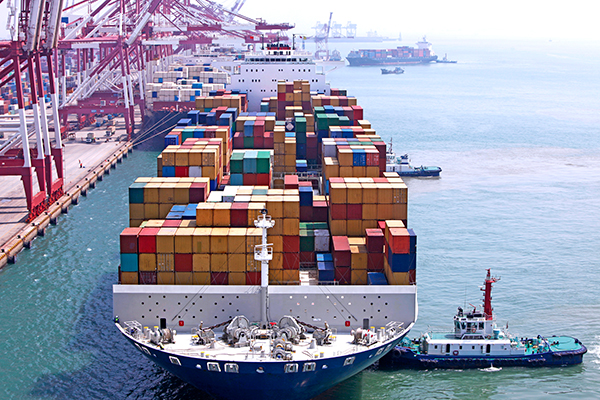FLASH
21 December 2017
Thai exports in November expanded 13.4%, hoping to drive GDP growth of 2017 to 4%
Thai export value continued its upward trend for 9 consecutive months, recording 13.4%YOY in November. This was led by exports of oil-related products such as refined fuel, rubber and rubber products, which grew 16%YOY and 41%YOY respectively. Exports of key industrial products continue to grow in line with global economy. These included computer and parts, and auto auto-parts and accessories, which expanded 23%YOY and 13%YOY respectively. Meanwhile, exports of agricultural products such as rice also expanded over 50% from exports to Cameroon, South Africa, Benin and Bangladesh that resumed their rice orders from Thailand after having paused for over 5 years. Nevertheless, exports, excluding gold export which dropped by over 73%YOY, recorded a remarkable rate of 15.5%YOY in November, reflecting a solid growth in merchandise exports. Overall, Thai exports during the first 11 months of this year grew 10.0%YOY.
Author: Pimnipa Booasang

|
|
|
|
|
|
|
|
|
|